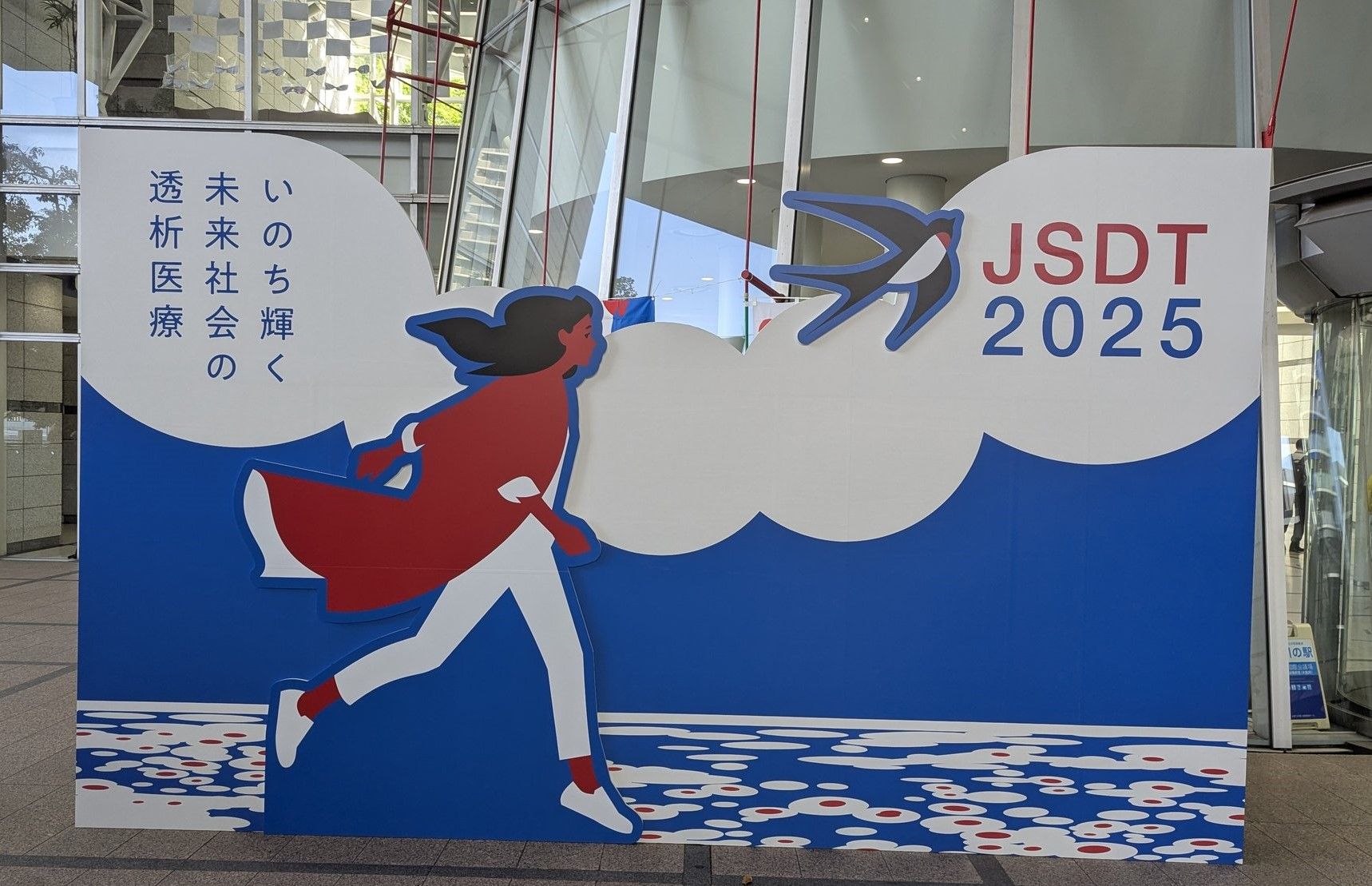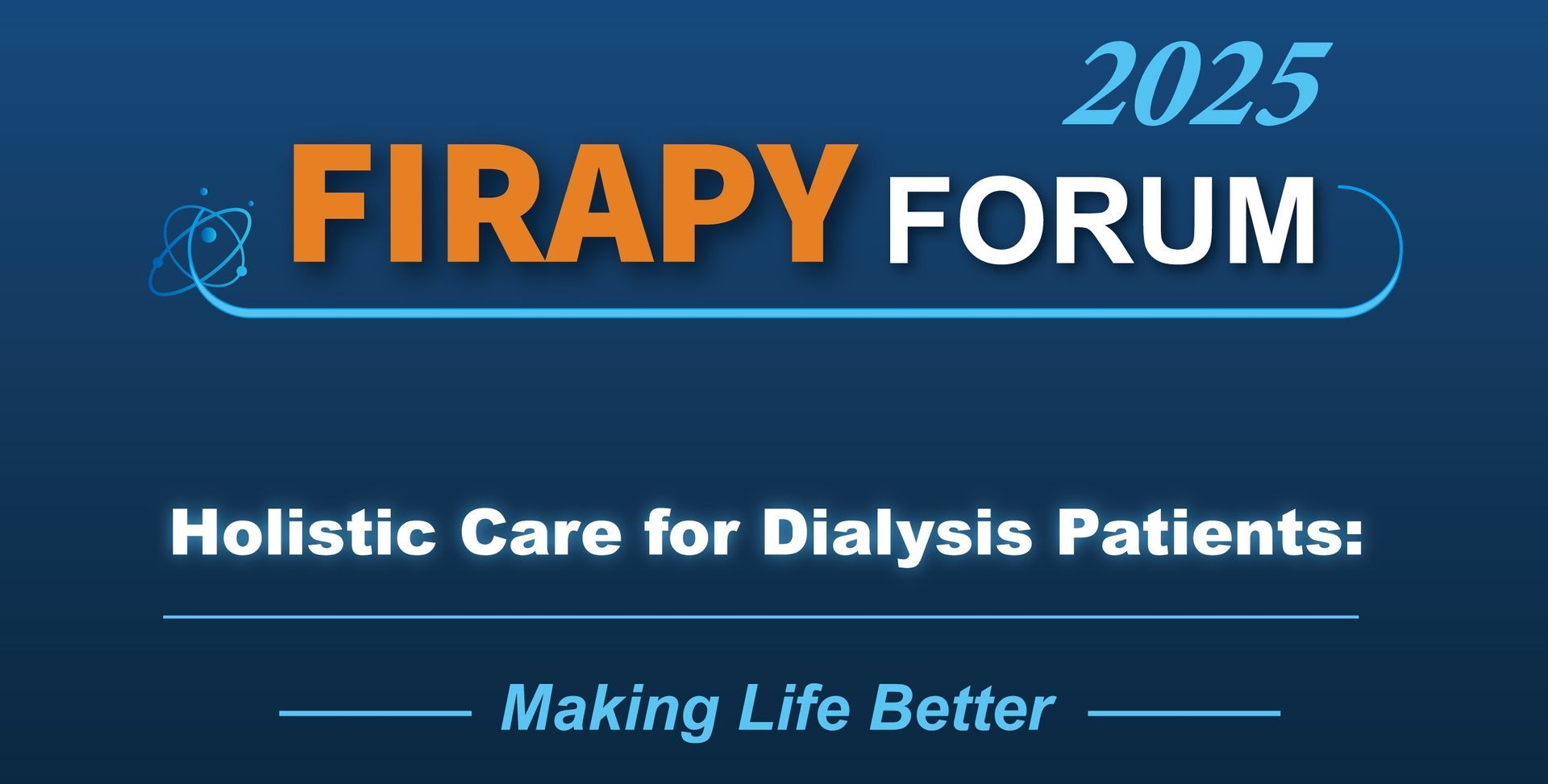Far Infrared Therapy May Improve Arterial Insufficiency and Joint Inflammation in CKD Stage 5 Patients
Introduction
Far infrared (FIR) induces expression of endothelial heme oxygenase-1, reduces monocyte adhesion to endothelial cells, and provides a strong anti-inflammatory benefit to the vascular endothelium. It has been shown that FIR therapy improves to the vascular endothelium. It has been shown that FIR therapy improves dialysis fistula flow, maturation, and patency and leads to decrease pain and hematoma formation with needling in CKD stage 5 and 5d patients. It is also effective in relieving pain in patients with chronic pain syndromes like fibromyalgia and phantom limb after amputation through thermal and non-thermal effects. In the past we reported an improvement in graft stenosis and resolution of internal jugular vein thrombus associated with tunneled catheter insertion in two dialysis patients with FIR therapy. Now we report 3 CKD stage 5 patients with improvement of arterial insufficiency, frozen shoulder and partial rotator cuff injury using FIR therapy.
Case description
Case 1
A 68 year old man with CKD 5 due to FSGS and HTN developed significant claudication on his right leg and discoloration of his second toe. An arteriogram showed substantial small arterial disease not amenable to bypass and below knee amputation was recommended by his surgeon. A trial of FIR therapy on his leg was done, and after three weeks, claudication and toe discoloration resolved. FIR therapy was stopped and he remained pain free after 2 years of follow-up.
Case 2
A 67 year old man with CKD 5d due to HTN developed left shoulder pain with restricted range of motion. Analgesics and 3 weeks of physical therapy (PT) did not provide relief. A trial of 40 minutes of FIR therapy 3 times a week during dialysis was done. After 3 weeks, his frozen shoulder improved completely.
Case 3
A 75 year old woman with CKD 5 developed right partial rotator cuff tear after a fall. Diagnosis was confirmed by MRI and surgery was recommended. She refused surgery and tried 2 months of PT, which did not provide relief. Trial of FIR therapy was done with compete resolution of pain and stiffness after 3 weeks.
Discussion
FIR therapy may have beneficial effect on arterial insufficiency and joint injury and inflammation and should be considered in CKD 5 patients suffering from these conditions. It is non-invasive and can be easily done as 40-minute sessions in the clinic or during dialysis treatments
a Independent t test; b Chi-square test; c Fisher's exact test; d Mann-Whitney test

Author's:
- S Akbar,
- C Irene Mejia
- R Ullah
- S Humaria
- Z Ahmed
- R Faruq
- H Arif
Site:
- Nephrology and Hypertension, Drexel University College of Medicine, Philadelphia
- Drexel University College of Medicine, Philadelphia
- Drexel University, Philadelphia
Presented at the 2019 ASN Conference.
Want to know more?
Contact us for more detail





